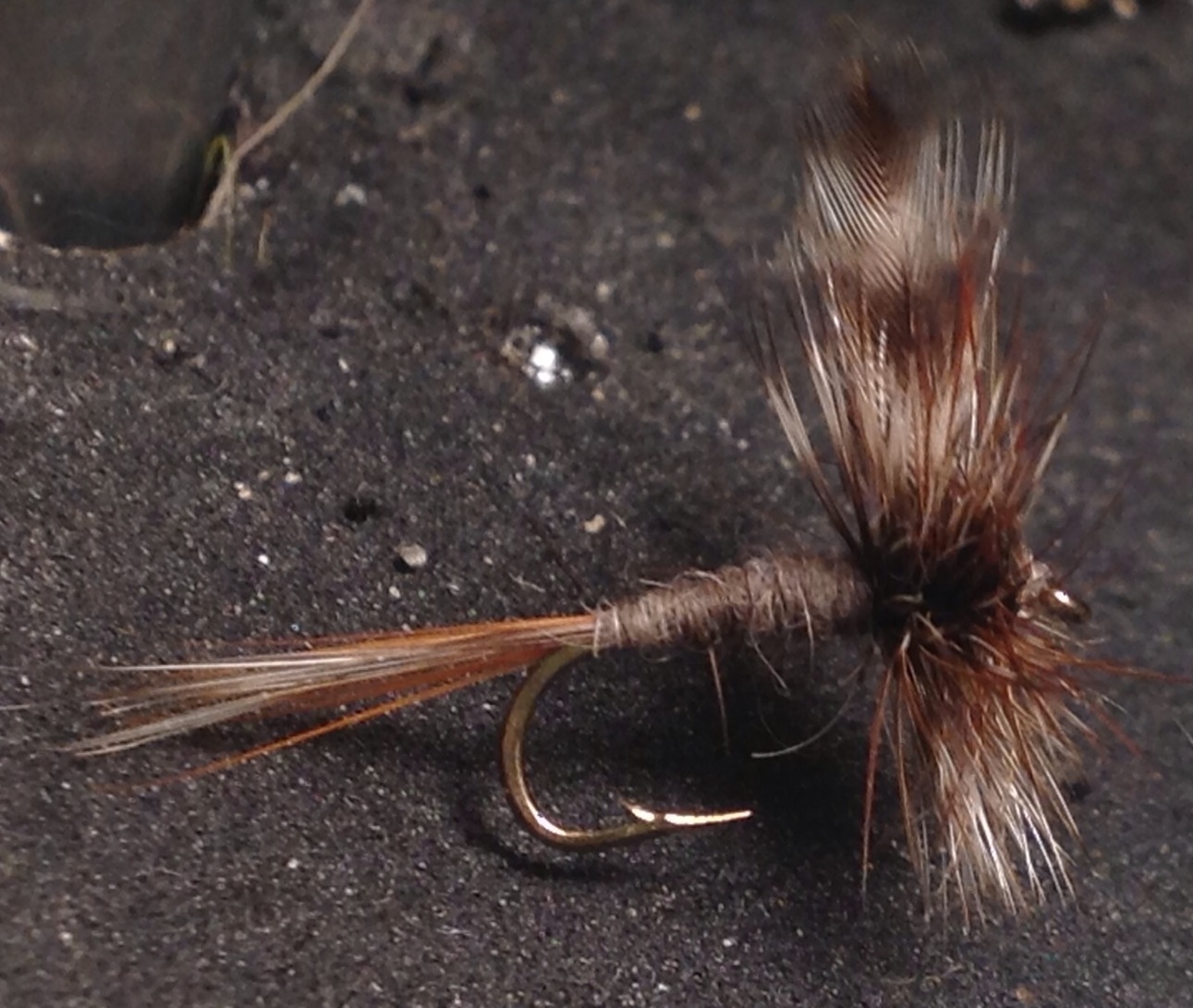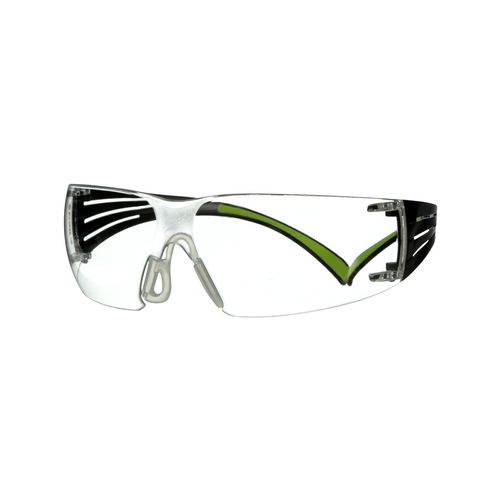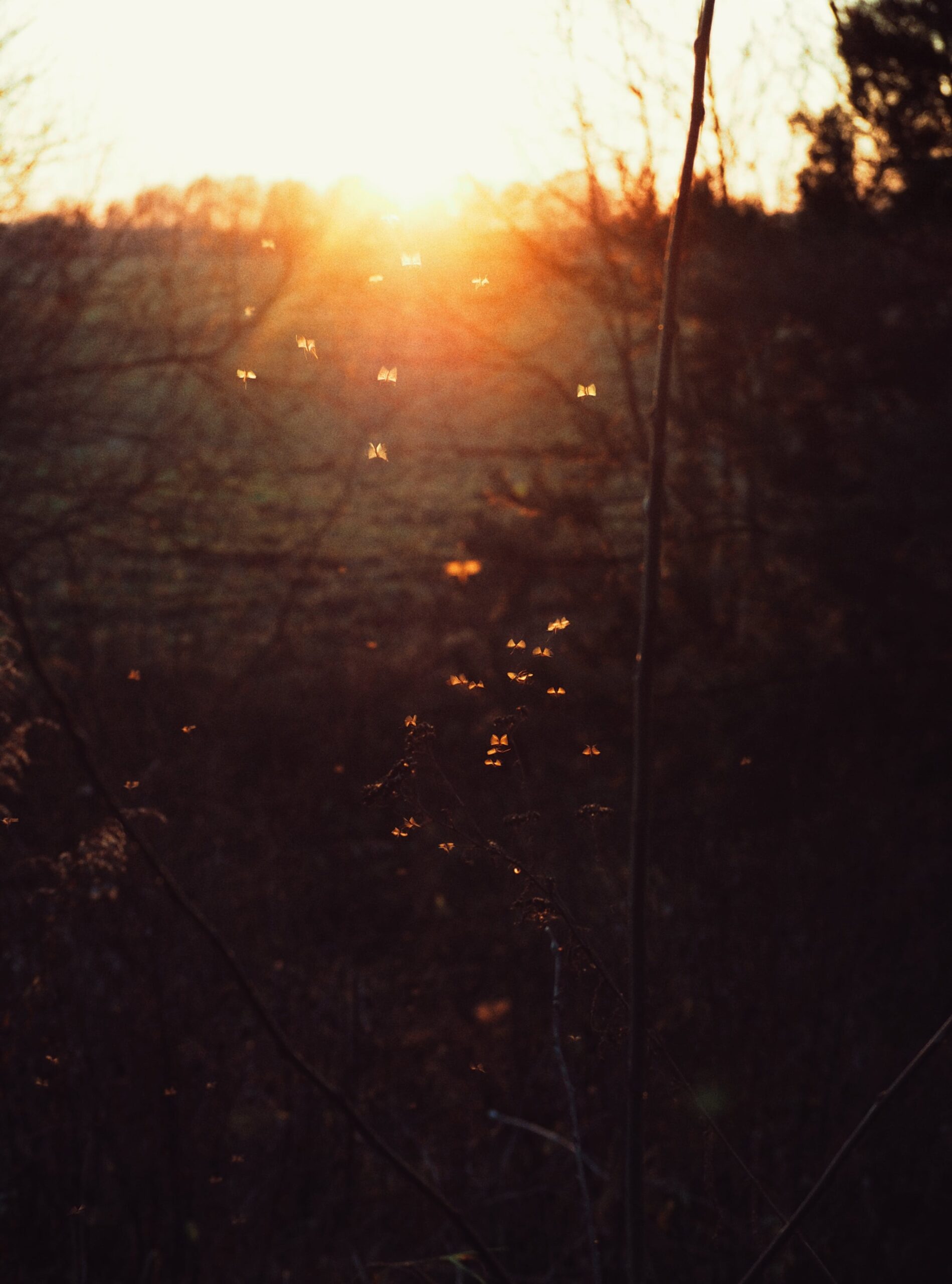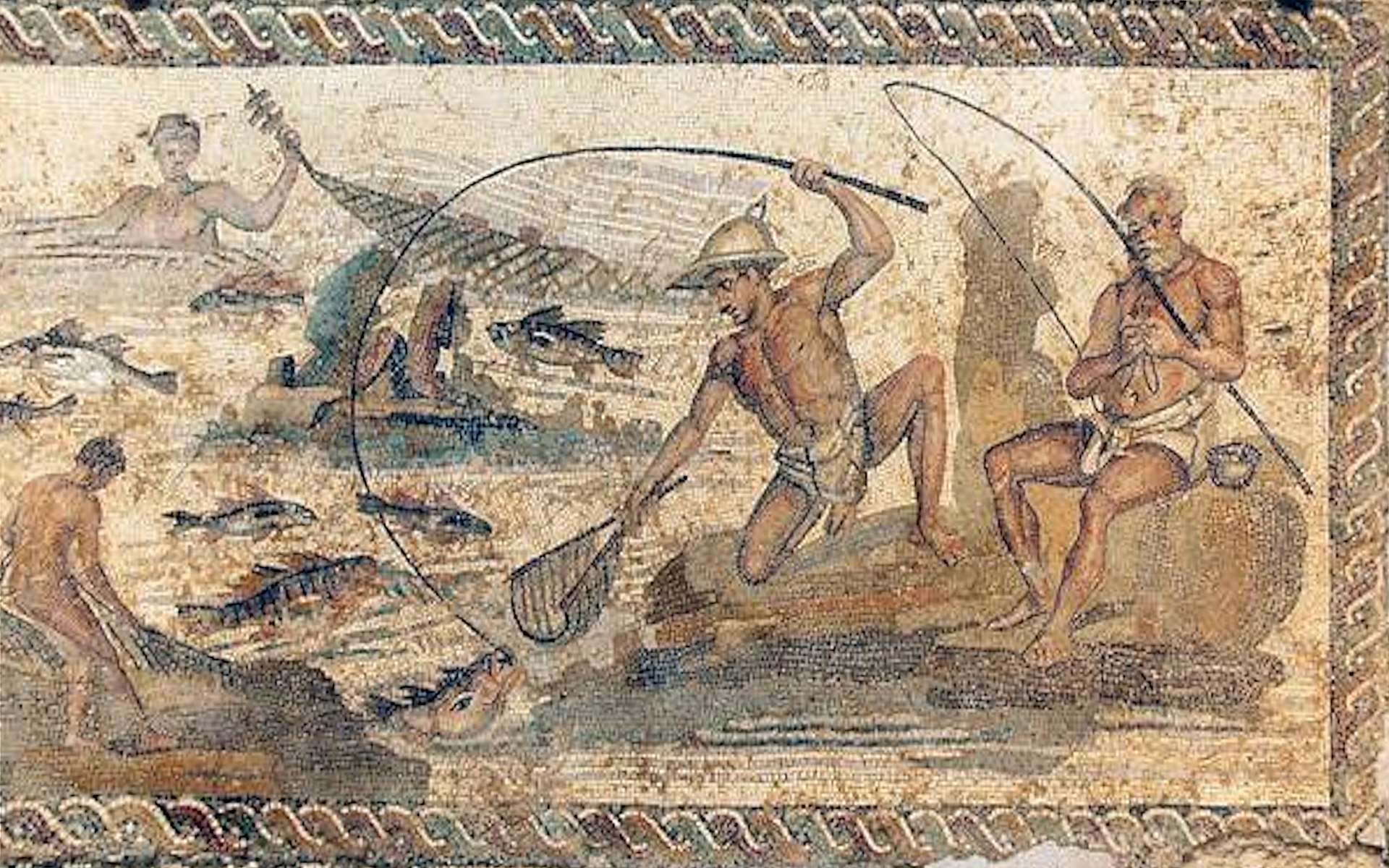Introduction:
In the world of fly fishing, few patterns are as iconic and effective as the Adams Dry Fly. A versatile and time-tested pattern, the Adams is renowned for its ability to imitate a wide range of mayflies, making it a staple in the fly boxes of anglers around the globe. In this article, we’ll explore the history and allure of the Adams Dry Fly and provide step-by-step instructions on how to tie this classic pattern.
The Adams Dry Fly: A Brief History:
The Adams Dry Fly was first created by Leonard Halladay in 1922 in Michigan, USA. Initially named the “Adams Fly” after Charles F. Adams, a friend of Halladay, this pattern was designed to mimic a variety of mayflies found in rivers and streams. The Adams quickly gained popularity due to its effectiveness and adaptability, becoming a standard in fly fishing arsenals.
Anatomy of the Adams Dry Fly:
The Adams Dry Fly is characterized by its neutral color palette, making it a generalist pattern that can imitate mayflies at various life stages. The key features of the Adams include:
- Tail:
- The tail is typically made of grizzly hackle fibers or a mix of grizzly and brown hackle fibers. It provides a subtle yet essential element to mimic the tails of mayflies.
- Body:
- The body is usually dubbed with a mix of gray and brown fur, creating a mottled appearance that imitates the natural coloration of mayfly nymphs.
- Wings:
- The wings are made from grizzly hackle tips or a combination of grizzly and brown hackle tips, providing a translucent and realistic representation of mayfly wings.
- Hackle:
- The hackle is wound around the body and parachute-style around the wings. Grizzly and brown hackle are often used to create a distinctive contrast, and the hackle should be proportionate to the size of the fly.
Tying the Adams Dry Fly: Step-by-Step Instructions:
Materials Needed:
- Hook: Dry fly hook (e.g., size 12-18)
- Thread: Gray or brown tying thread (6/0 or 8/0)
- Tail: Grizzly and brown hackle fibers
- Body: Mix of gray and brown dubbing
- Wings: Grizzly and brown hackle tips
- Hackle: Grizzly and brown rooster hackle
Step 1: Secure the Hook
Start by fixing the hook securely in the vise and laying down a thread base along the shank.
Step 2: Add Tail Fibers
Tie in a small bunch of grizzly and brown hackle fibers for the tail, ensuring they extend to approximately the length of the hook shank.
Step 3: Dub the Body
Apply a thin, tapered layer of dubbing to form the body. Use a mix of gray and brown fur to achieve the distinctive mottled appearance of the Adams.
Step 4: Tie in the Hackle
Tie in a grizzly hackle feather at the front of the dubbed body, securing it with a few wraps of thread. Repeat the process with a brown hackle feather.
Step 5: Add Wings
Position a pair of grizzly and brown hackle tips on either side of the hook, forming the wings. Secure them with tight wraps of thread.
Step 6: Wrap the Hackle
Wind the grizzly and brown hackle feathers around the hook in a parachute-style manner, making sure each wrap is spaced evenly. Secure the hackle with several wraps of thread.
Step 7: Finish the Fly
Create a neat thread head, whip finish, and trim the excess thread. Add a small drop of head cement to secure the wraps and increase the fly’s durability.
The Adams Dry Fly, a classic and versatile pattern, has earned its place as a staple in the fly angler’s toolkit.
Understanding the Adams Dry Fly: A Timeless Allure
- Profile and Imitation:
- The Adams Dry Fly is known for its neutral coloration, with a gray body, grizzly hackle, and upright wings. This subdued yet realistic appearance allows it to imitate various mayflies, making it effective in diverse fishing scenarios.
- Versatility:
- The Adams is considered an attractor pattern, meaning it doesn’t precisely mimic a specific insect but instead suggests a variety of mayflies. Its versatility makes it an excellent choice when mayfly hatches are diverse or unpredictable.
Techniques for Fishing the Adams Dry Fly:
- Presentation on Still Waters:
- On lakes or ponds, present the Adams Dry Fly by casting it near potential feeding areas such as weed beds, drop-offs, or structures. Use slow, rhythmic strips to imitate the natural movement of insects on the water’s surface.
- Dead Drift on Rivers:
- On rivers, the dead drift is a classic technique for presenting the Adams Dry Fly. Allow the fly to float naturally with the current, imitating a helpless insect. This technique is particularly effective during mayfly hatches.
- Slight Twitches and Skating:
- To mimic struggling or emerging insects, add subtle twitches to the fly during the dead drift. Additionally, skating the Adams across the surface by imparting slight movements can entice aggressive strikes, especially when fish are targeting insects in or on the water.
- Multipattern Approach:
- The Adams Dry Fly can be part of a multipattern approach during uncertain hatches. Pair it with other mayfly imitations or attractor patterns to cover a broader spectrum of insect activity and increase your chances of enticing strikes.
Variations of the Adams
Below are variations of the Adams Dry Fly, each with slight modifications to suit different preferences and conditions:
- Adams Dry Fly (Original):
- The classic Adams Dry Fly has a gray body, grizzly hackle, and upright wings made from grizzly hackle tips. The wings often have a distinctive upright and divided appearance.
- Parachute Adams:
- The Parachute Adams retains the traditional coloration but features a parachute-style wing, where the hackle is wound around a post at the rear of the fly, creating a more visible and buoyant pattern. This variation improves visibility on the water and aids in floatation.
- Sparkle Adams:
- The Sparkle Adams incorporates a dubbed body with a touch of sparkle or flash material, adding a subtle attractant to the fly. This variation can be effective when fish are keying in on emergers or when a bit of extra visibility is desired.
- Compara Adams (Comparadun Adams):
- The Comparadun style of the Adams eliminates the hackle underneath the fly, allowing it to sit flush on the water’s surface. It imitates a dun struggling to emerge, providing a more realistic silhouette. This pattern is often used during mayfly hatches.
- Irresistible Adams:
- The Irresistible Adams incorporates a body with a dubbed or spun deer hair, making it exceptionally buoyant. This variation is effective when fishing fast or turbulent water where a high-riding fly is necessary.
- Griffith’s Gnat (Adams Version):
- A miniature Adams Dry Fly, Griffith’s Gnat is often tied with the Adams coloration and materials. It features a peacock herl body, grizzly hackle, and a white or grizzly hackle tail. This pattern imitates clusters of midges or tiny mayflies.
- Humpy Adams:
- The Humpy Adams is a high-riding, buoyant pattern with a distinctive segmented body and elk or deer hair wing. This variation is effective in rough water and imitates a variety of insects, making it a versatile choice.
- Royal Wulff Adams:
- Combining the attractor qualities of the Royal Wulff with the Adams coloration, the Royal Wulff Adams features a peacock herl body, grizzly hackle, and a distinctive calf tail wing. It is effective in attracting fish’s attention in various water conditions.
- Parachute Purple Adams:
- Adding a touch of purple to the traditional Adams pattern, the Parachute Purple Adams can be particularly effective during low light conditions or when fish are keying in on different color variations.
- Streamer Adams:
- While not a traditional dry fly, some anglers tie streamer patterns with the Adams color scheme, incorporating features like a marabou or hackle tail and a deer hair head. This can be used to imitate larger insects or baitfish.
Remember that variations of the Adams Dry Fly can vary among fly tiers, and individual preferences often influence specific adaptations. These patterns provide anglers with options to match different situations, hatches, or the preferences of the fish being targeted.
Conclusion:
The Adams Dry Fly, with its simple yet effective design, has stood the test of time in the world of fly fishing. Whether you’re a novice or an experienced angler, tying your own Adams can be a rewarding experience. Experiment with sizes and variations to match the hatch in your local waters, and soon you’ll be casting this classic pattern to rising trout with confidence. The Adams Dry Fly remains a testament to the artistry and functionality that defines the world of fly tying and angling.




